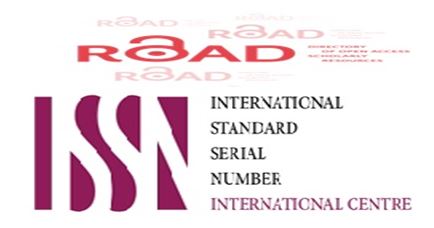Malnutrition: A Risk Factor in Childhood Acute Lymphoblastic Leukemia
DOI:
https://doi.org/10.32007/jfacmedbagdad.5221000الكلمات المفتاحية:
Malnutrition, childhood, Acute Lymphoblastic Leukemiaالملخص
Background: Malnutrition is an adverse prognostic factor in the outcome of children with standard risk acute lymphoblastic leukemia due to a significantly higher rate of bone marrow relapse in the malnourished patients. The event free survival of children with acute lymphoblastic leukemia in developed countries has increased substantially in the last two decades as treatment with intensive protocols has brought the estimated probability of event free survival at 5 years close to 75%. Although the prognosis of acute lymphoblastic leukemia has also been improved in underdeveloped countries, the figures for event free survival are lower, even when aggressive protocols are used. Unfavorable socioeconomic factors could contribute to this observation.
Patients and Method: A retrospective study was done on cases of childhood acute Lymphoblastic Leukemia admitted to the Pediatrics Oncology Ward in AL-Kadhimiyia Teaching Hospital over a period of one year from 1st of June 2007 to end of May 2008.Fifty five patients were collected .Informations were taken from the case sheets of the patients and their records in the Pediatric Oncology Clinic. Weight and height were recorded, Using charts of height for age (Ht/Age) and the Z score = -1.28 (10th percentile), the patients were divided into two groups, malnourished and well nourished.
Results: Of the studied group, 28 patients (51%) were between 1-10 years. Thirty two patients (58.2%) were males and 23 (41.8%) were females, with male to female ratio of 1.39:1. Thirty Six (65.45%) patients were below 10th percentile (with Z score below – 1.28) i.e. malnourished, and 19 (34.55%) patients above 10th percentile (Z score above – 1.28) i.e. well nourished. Of the malnourished patients, 26(81.2%) patients achieved complete remission, while in comparison to well nourished patients, 16(84.2%) patients achieved complete remission. The result is statistically not significant (p. value > 0.05). During follow up, of the 42(82.3%) patients that achieved complete remission, 12(28.57%) relapsed, 9(34.62%) of them were malnourished. Death occurred in 7 (16.67%) patients, 6 (23.08%) of them were malnourished. Three patients (7.14%) discontinue treatment, 1(3.84%) of them was malnourished. Twenty (47.62%) patients remained with continuous complete remission, 10 (38.46%) patients were malnourished and another 10(62.5%) were well nourished. Using the Chi square, the results were statistically not significant (p. value> 0.05).
Conclusion: From this study, it was concluded that malnutrition in children with acute lymphoblastic leukemia is considered an important risk factor. Although malnourished children
achieved complete remission but a high percentage of them relapsed or died.




















 Creative Commons Attribution 4.0 International license..
Creative Commons Attribution 4.0 International license..


